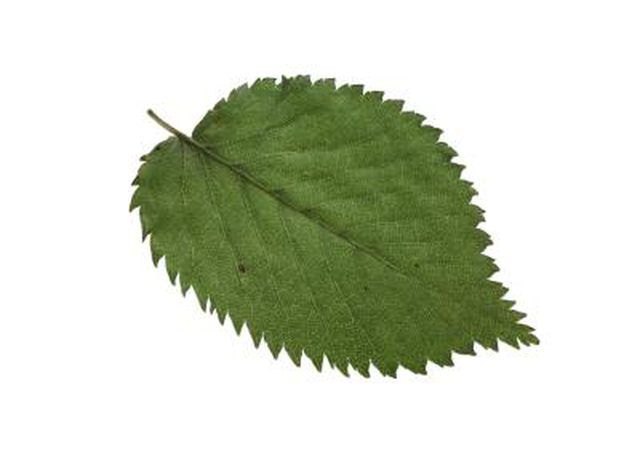Bulbs
Flower Basics
Flower Beds & Specialty Gardens
Flower Garden
Garden Furniture
Garden Gnomes
Garden Seeds
Garden Sheds
Garden Statues
Garden Tools & Supplies
Gardening Basics
Green & Organic
Groundcovers & Vines
Growing Annuals
Growing Basil
Growing Beans
Growing Berries
Growing Blueberries
Growing Cactus
Growing Corn
Growing Cotton
Growing Edibles
Growing Flowers
Growing Garlic
Growing Grapes
Growing Grass
Growing Herbs
Growing Jasmine
Growing Mint
Growing Mushrooms
Orchids
Growing Peanuts
Growing Perennials
Growing Plants
Growing Rosemary
Growing Roses
Growing Strawberries
Growing Sunflowers
Growing Thyme
Growing Tomatoes
Growing Tulips
Growing Vegetables
Herb Basics
Herb Garden
Indoor Growing
Landscaping Basics
Landscaping Patios
Landscaping Plants
Landscaping Shrubs
Landscaping Trees
Landscaping Walks & Pathways
Lawn Basics
Lawn Maintenance
Lawn Mowers
Lawn Ornaments
Lawn Planting
Lawn Tools
Outdoor Growing
Overall Landscape Planning
Pests, Weeds & Problems
Plant Basics
Rock Garden
Rose Garden
Shrubs
Soil
Specialty Gardens
Trees
Vegetable Garden
Yard Maintenance
Elm Tree Leaf Identification
Elm Tree Leaf Identification. There are some differences in size and minor differences in shape of the leaves on deciduous elm trees in the Ulma genus found in the United States. However, identifying different species solely by their leaves is difficult because they are similar in appearance, marked by a base that is usually lop-sided. Their leaves...

There are some differences in size and minor differences in shape of the leaves on deciduous elm trees in the Ulma genus found in the United States. However, identifying different species solely by their leaves is difficult because they are similar in appearance, marked by a base that is usually lop-sided. Their leaves grow alternately on twigs and are typically oval-shaped or spatula-shaped, broad at the base and tapering to sharp point.
Slippery Elm Leaves
Rough slippery elm (Ulmus rubra) leaves are 4 to 6 inches long and 2 to 3 inches across. They are typically widest near or below the middle and taper sharply into a long, narrow tip. They have a round, uneven base and have a double row of coarse teeth along their edges. The tops are dark green. The bottoms are light green with veins that run to the teeth. Fast-growing slippery elms grow from 40 to 60 feet high with crowns 25 to 4 feet wide in U.S. Department of Agriculture plant hardiness zones 3 through 9. The name slippery elk comes from its inner bark.
American Elm Leaves
Oval American elm (Ulmus americana) leaves are 3 to 6 inches long and 2 to 3 inches wide. They vary from smooth to hairy, with prominent midrib and lateral veins and double-toothed edges. Their base is typically unequal on either side of the midrib, and they have sharp points. Moderate to rapid-growing, American elm leaves come to a more gradual point than slippery elm leaves. American elms grow from 75 to 100 feet wide with canopies from 60 to 100 feet wide in USDA plant hardiness zones 2 through 9.
European White Elm Leaves
Leaves of the European white elm (Ulmus laevis), sometimes called Russian white elm, are from 3 1/3 to 6 inches long and are broad at the base and taper to a long point. They are glossy on top and have soft hairs on their bottoms. They are usually doubly serrated on the edges and have 12 to 16 pairs of un-branched veins. The trees grow up to 60 feet high with canopies spreading to 60 feet wide and thrive in USDA plant hardiness zones 3b through 9a.
Siberian Elm Leaves and Chinese Elm Leaves
Leaves of the Siberian elm (Ulmus pumila) are 1/3 to 1-inch wide and 3/4 to 2 1/2 inches long. They are elliptical or have broad bottoms and taper to a tip. They have serrated edges. They are smooth and medium to dark green on top and pale green and smooth on the bottom, sometimes with short hairs. Siberian elms grow 35 to 80 feet tall in USDA zones 3 through 9.
At 1 1/2 to 2 1/2 inches long, the dark-green, shiny leaves of the Chinese elm (Ulmus parvifolia) are similar in size to the Siberian elm, but are smaller than slippery, American, or white elm leaves They are oval to elliptical in shape with serrated edges. Considered invasive by the U.S. Forest Service, Chinese elms grow up to 50 feet high with canopies spreading to 60 feet wide in USDA plant hardiness zones 4 through 9.
Winged Elm and Cedar Elm Leaves
The base of the leaves of the winged elm (Ulma alata) are even, and they are among the smaller elm leaves at 2 inches or less in length. They are also narrower. The tops of immature trees are rough and hairy on top, turning smooth on mature trees. The rapidly growing winged elm grows from 40 to 60 feet high with canopies from 30 to 40 feet wide in USDA plant hardiness zones 6 through 9.
Leaves of the cedar elm (Ulmus crassifolia) are oval shaped and are also less than 2 inches long. Their edges are serrated, sometimes double serrated. Cedar elms grow 50 to 90 tall with canopies 40 to 60 feet wide in USDA plant hardiness zones 6 through 9.